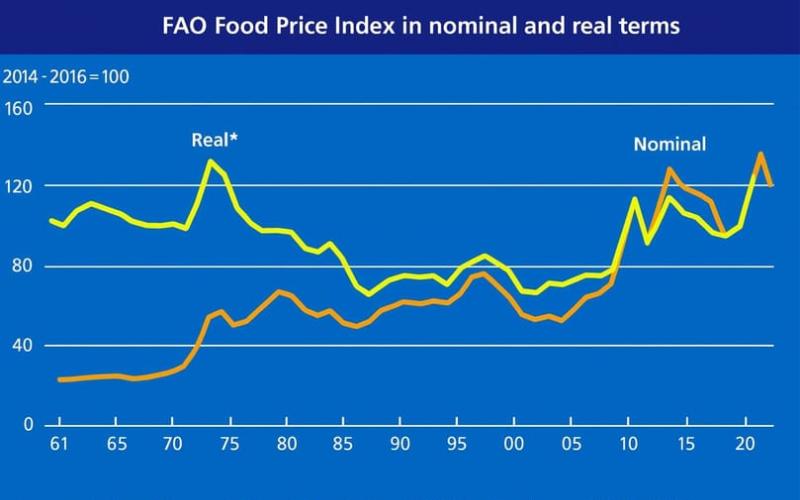Iran will produce feed from lignocellulosic waste

According to Dr. Kian Mehra, one of the main researchers, Iran produces about 21.5 million tons of lignocellulosic residues from straw every year. They are inexpensive and rich sources of fiber, although their use in the feed industry has traditionally been limited by low digestibility.
Resolving this issue is of great practical importance for Iran, which is currently heavily dependent on feed imports and is forced to spend foreign currency to obtain much-needed resources, Kian Mehr commented.
Concerns about feed shortages have been repeatedly raised by the Iranian livestock industry over the past year.
For example, Gorgan Iftaharuddin, a member of the board of directors of the Golestan Union of Poultry Feed Mills, recently said that the poultry industry is so suffering from a shortage of soybean meal that it could lead to mass plant closures in the region.
The scientists said they used nitrogen enrichment and oxidation to improve the digestibility of lignocellulosic biomass, although no further details were provided. A series of preliminary tests have shown that biomass processed using the developed technology, when added to livestock feed, also reduces methane emissions by a respectable 67%.
The processing takes little time, requires ambient temperature and pressure and can be used on a wide range of solid-state biomass without the need for pre-reduction chemicals, said Kian Mehr, citing the benefits of the developed method. In addition, it is virtually waste-free and is not associated with the formation of any toxic by-products.
Lignocellulosic waste is also good for the production of feed pellets due to its high lignin content, which is used as a natural binder. In theory, scientists say, using lignocellulosic waste as a feed component would allow feed manufacturers to save money on energy costs and require fewer binders.
On the other hand, the technology appears to be relatively far from commercialization. Until now, the processing of lignocellulosic waste occurred only in laboratory conditions. The researchers believe they still have to refine their method before it can be offered for mass production.











